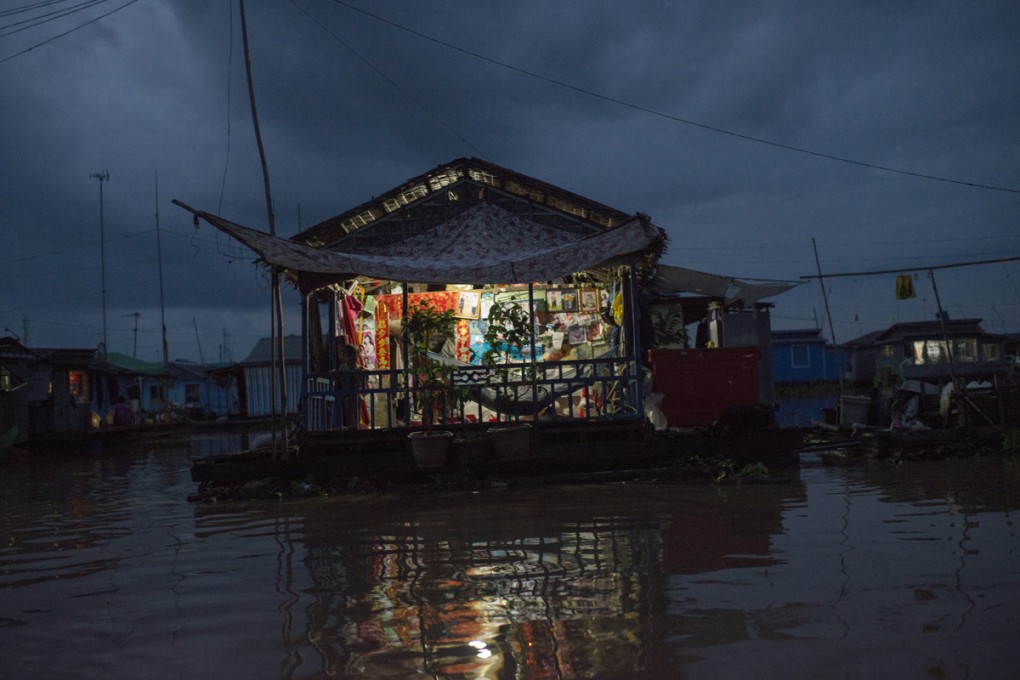Hope floats: Cambodia's ethnic Vietnamese forced to live on the water
Having almost no rights in their home country, Cambodia’s ethnic Vietnamese are forced to live on the water, in poor conditions and with few opportunities. However, writes Laura Villadiego, the latest Khmer Rouge trial has given rise to a little optimism. Pictures by Vincenzo Floramo

With a smile, 62-year-old Sreng Talong remembers being deported from his home country. The expulsion saved his life. It was in late 1975, a few months after the Khmer Rouge had taken power in Cambodia, and the ultra-Maoist regime was sending ethnic Vietnamese, such as Sreng Talong, to neighbouring Vietnam.
“I saw so many people die during the Pol Pot regime era that I was really happy to be sent out,” he says.
The Khmer Rouge oversaw one of the largest genocides of the 20th century: an estimated two million of Cambodia’s seven million people died at their hands, from execution, starvation, overwork and disease. In this murderous utopia, the ruling communists were obsessed with racial purity and persecuted those who were not deemed to be “real Khmers”. Nearly all of the estimated 20,000 ethnic Vietnamese who were not fortunate enough to be deported died at the hands of the Khmer Rouge. Sreng Talong’s younger sister and older brother were among the victims. Nine other members of his family, including his father, had been killed by the communist guerrillas between 1970 and 1975, before they took power.
Like many others, Sreng Talong lost all proof of his Cambodian origins during his deportation. When he returned, in 1981, to the land where he, his parents and his grandparents were born, Sreng Talong was considered an illegal immigrant – and he still is. Later, he tried to buy a house in Kampong Chhnang, the central Cambodian province in which he was born.
“I had enough money but they didn’t allow me to buy it because I didn’t have papers,” he says.
The law restricts ownership of land to Cambodian citizens but, when it comes to water, there are no such regulations. So the ethnic Vietnamese started flocking to the lakes and rivers, building houses on wooden platforms tied to bamboo rafts. Many already knew how to survive on water as they had worked as fishermen in the years when Cambodia was a French protectorate.

Today, about 90 per cent of the estimated 700,000 ethnic Vietnamese in Cambodia dwell in floating villages, mainly on Tonle Sap, Southeast Asia’s largest freshwater lake. Phum Kandal, where Sreng Talong lives, is one of those villages. It is the rainy season and the 400 houses in Phum Kandal are squeezed together, rocking on the water during a storm. When the rain stops, small boats float back out onto the liquid streets, their occupants going door to door, selling food, sweets and vegetables. Many houses are connected to the shore, just a few metres away, by power cables that hang off fragile sticks stuck into the ground. Sometimes the cables fall into the water, electrocuting swimmers unfortunate enough to be nearby.